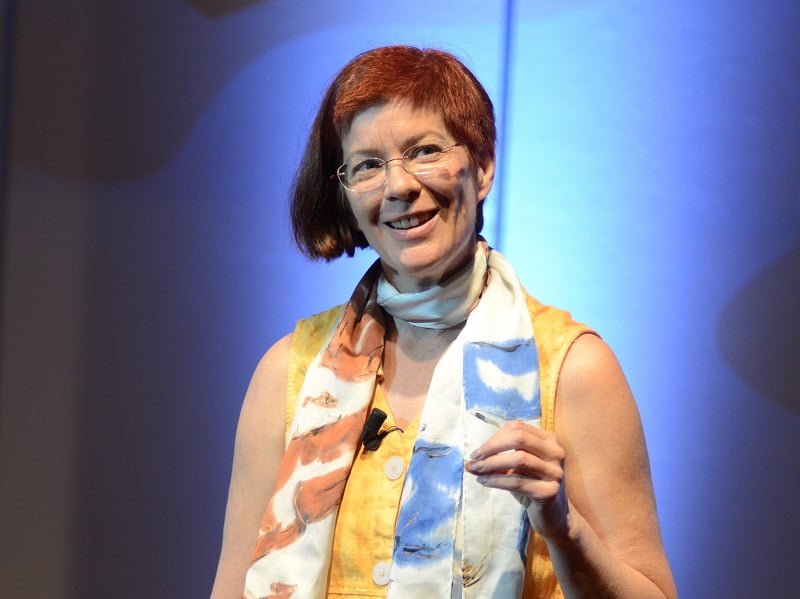While the Australian Government’s industry policy has hitched its wagon to the single word ‘innovation,’ the United States is taking a broader view with a more rounded approach to the imperatives of a Digital Economy strategy.
To no-one’s surprise, the US economy is back on its feet, and gaining momentum. As grim as things looked post-GFC, the US always finds a way.
And right now, jobs growth and value-creation across the US economy is being driven in large part through this incredible era of digital transformation.

There is a focus in the US on a centralised, structured policy on the broad sweep of the Digital Economy. This is somewhat in contrast to the way things have been done in Australia under the Turnbull leadership.
We have lamented previously that it is probably too late for the government to provide an update to the National Digital Economy Strategy, as had been promised prior to the 2013 election.
The great shame of this is that without such a holistic statement, the investment in the National Broadband Network and the strategic direction of the network build remains weirdly disconnected from the economic centrality of this Innovation policy.
This does not make sense. It also detracts from the incredible strides this government has made in turning the attentions of Australia to the great opportunities presented by digital transformation.
You wouldn’t call it a PR exercise. But whether or not Australia can ‘get on board’ these global opportunities will depend on the mobilisation of the private sector and the citizenry – not the government. And so far – that is, since September – you would have to say this government has done a good job in mobilizing these forces.
In the United States, any discussion involving the Digital Economy is now invariably about access to fast, trusted and ubiquitous broadband networks. This is not the discussion we are having in Australian.
The US Department of Commerce late last year released its Digital Economy Agenda – and then two weeks ago announced a board of advisors to make sure government was hearing a wide variety of voices from the private sector.
The Digital Economy Board of Advisors in the US is not entirely analogous Malcolm Turnbull’s coterie of advisers in the form of the Innovation and Science Board. But it’s not far off, either (and it does illustrate just how far this government has tipped the scales toward the capital side of the ecosystem.
The US’ Digital Economy Agenda is focused on ‘four key pillars of opportunity’:
• Promoting a free and open Internet worldwide, because the Internet functions best for our businesses and workers when data and services can flow unimpeded across borders.
• Promoting trust online, because security and privacy are essential if electronic commerce is to flourish.
• Ensuring access for workers, families, and companies, because fast broadband networks are essential to economic success in the 21st century.
• Promoting innovation, through smart intellectual property rules and by advancing the next generation of exciting new technologies.
In launching the agenda, Commerce Secretary Penny Pritzker said the digital economy was having “a staggering impact” on US jobs and growth.
“Consider this fact: In 2014 we exported roughly $400 billion in digitally-deliverable services, which accounted for more than half of U.S. services exports and about one-sixth of all U.S. goods and services exports,” she said.
“That is why the Commerce Department makes technology and Internet policy a top priority, investing resources to address the challenges and opportunities business faces in the digital economy.”
The US Digital Economy Board of Advisors is being co-chaired by two pioneers. The first is the legendary open source warrior (and digital change agent, one of my personal tech heroes) Mitchell Baker from Mozilla, and the other is the equally remarkable CEO and president of Markle Foundation, Zoe Baird.
These are two incredible women. Without labouring the point, I would simply say they are very different in background (if not outlook) to the two people leading Australia’s Innovation and Science Board (that is, Australia’s VC legend Bill Ferris and the Australian Chief Scientist Dr Alan Finkel.
You can have a look at the Innovation and Science Australia board here. And make your own comparisons to the different kinds of people represented on the US Digital Economy Board of Advisers below.
• Karen Bartleson, President-elect of the IEEE
• Greg Becker, CEO of Silicon Valley Bank
• James Cicconi, Senior VP of External and Legislative Affairs at AT&T
• David L. Cohen, Senior VP and Chief Diversity Officer of Comcast
• Austan Goolsbee, Professor of Economics at the University of Chicago
• Mindy Grossman, CEO and Director of HSN, Inc.
• Oisin Hanrahan, Co-Founder and CEO of Handy
• Sonia Katyal, Professor of Law at the University of California at Berkeley
• James Manyika, Director of the McKinsey Global Institute
• William Ruh, CEO of GE Digital, and Chief Digital Officer for GE
• Brad Smith, President and Chief Legal Officer at Microsoft Corporation
• Corey Thomas, President and CEO of Rapid7
• Marta Tellado, President and CEO of Consumer Reports
• Susan Wojcicki, CEO of YouTube
• John Zimmer, Co-founder and President of Lyft
And then there is a question of process. In Australia, the board appointments are made in a vacuum. There is no formal process. There is no nomination process.
How quaint that we are still small and unsophisticated enough to think that’s ok.
Do you know more? Contact James Riley via Email.

